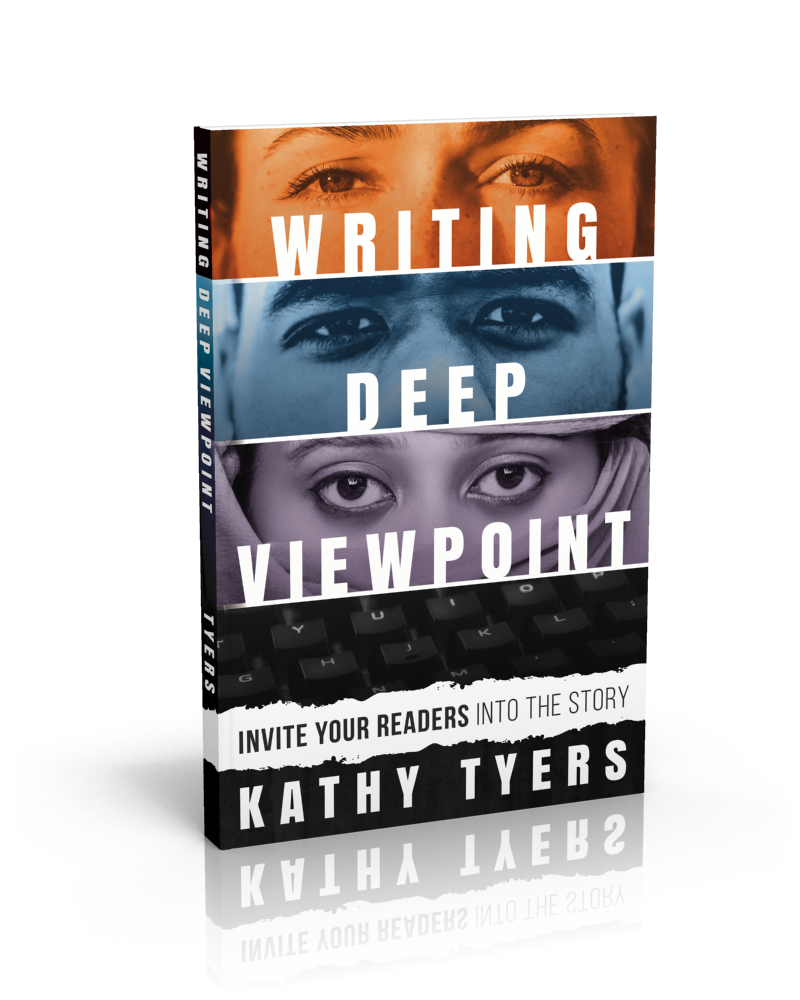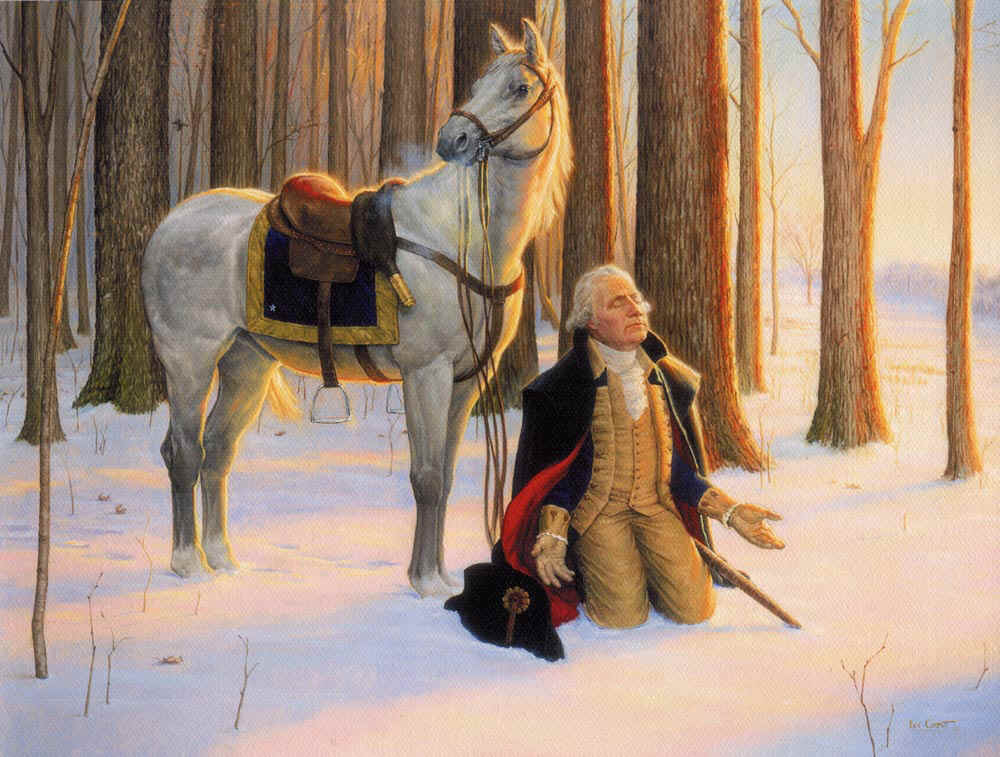The Christian Writers Institute is excited to announce a new book by Kathy Tyers called, Writing Deep Viewpoint: Invite Your Readers Into Your Story. (releasing July 14th.) It is one of few fiction craft books to explore the topic of writing the deep point-of-view. Here is what bestselling author Davis Bunn has to say about it:
There is no single component of the writing craft as vital to good fiction, and to developing an artistic voice, as point of view. The term covers a great deal of ground, but basically boils down to sharing the world of your characters, starting from within. Writing Deep Viewpoint helps establish a foundation from which a novelist can spread artistic wings and fly. Highly recommended.
Kathy is known for her very popular Firebird science fiction series and her authorship of two bestselling Star Wars novels.
From the back cover of the book:
Why is deep viewpoint vital for hooking and holding your readers?
Who is narrating each scene of your story?
What are readers really looking for when they pick up a novel?
Where does the real action of a written story take place?
What are the two most important rules of storytelling?
When should viewpoint be established?
Deep viewpoint can convince your readers that they have become your characters. This powerful writing-craft skill set includes showing instead of telling, maintaining story flow, attributing dialogue effectively, and showing characters interact with convincing antagonists and believable settings.
In the book (184 pages) Kathy uses examples from her own novels to help guide the reader to look at their own work and create the magic of powerful storytelling.
Whether you are a fledgling novelist or a long time successful veteran, I highly recommend the book to you. [Full disclosure, as the president of the Christian Writers Institute, I’m the publisher, so I’m somewhat biased. I also happen to be Kathy’s agent…and her publisher at Enclave Publishing. But I would not have suggested Kathy write the book if I didn’t think it worthy.]
Links to pre-order:
$15.99 in paperback. $7.99 in ebook.
Amazon
It is currently being approved for ebook pre-order on the following sites:
Apple iTunes












